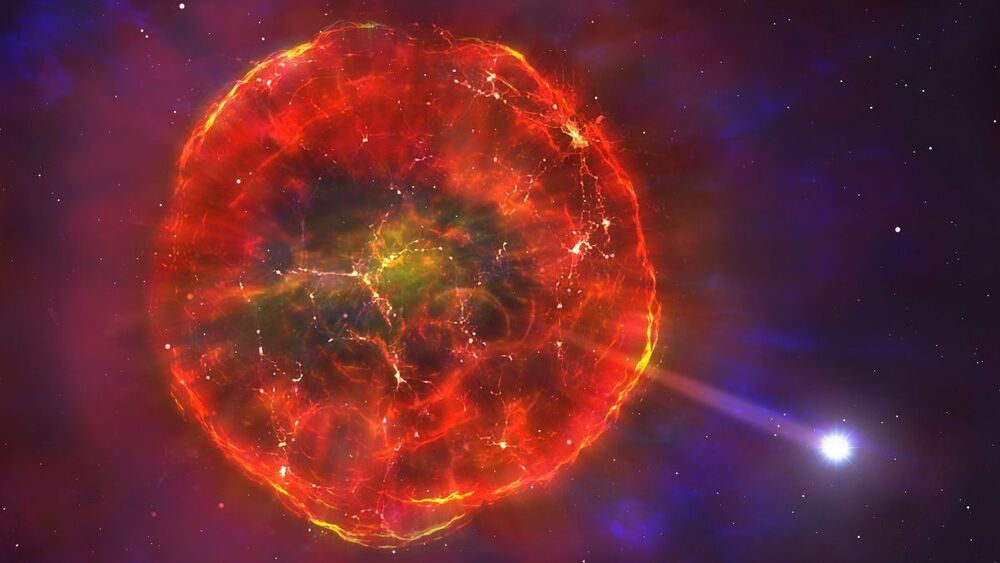😃
Psyche 16 is a seriously expensive bit of real estate, and NASA plans to go to great lengths to see what’s happening up there.


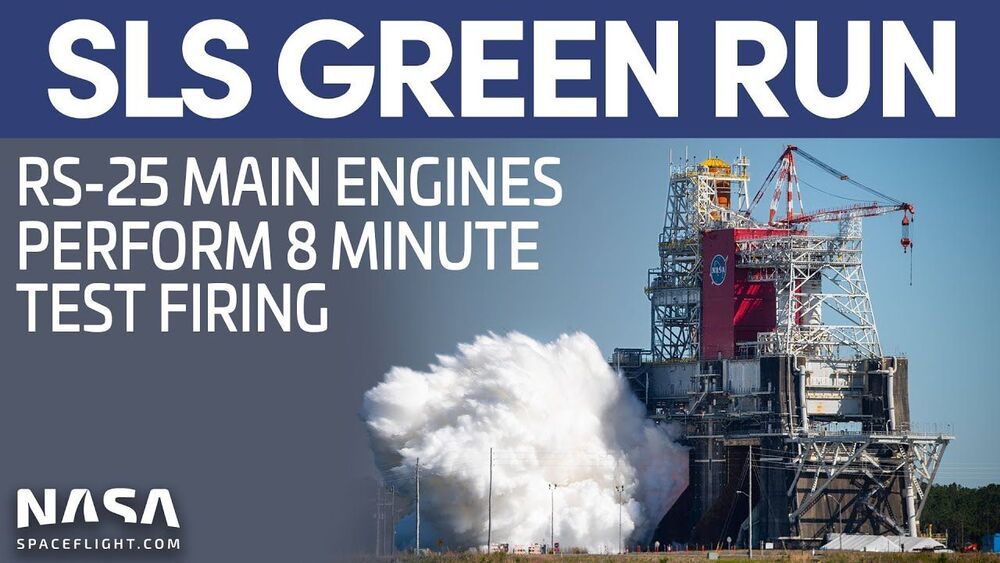
After stacking the stages of the Space Launch System (SLS) rocket for NASA’s Artemis 1 mission in June and July, EGS and TOSC powered up the Core Stage for the first time in the Vehicle Assembly Building (VAB) at the Kennedy Space Center (KSC) in Florida on August 6. The initial power up was a significant milestone in pre-launch processing, marking the beginning of the systematic checkouts of the vehicle and ground systems that will be used for the first launch on Artemis 1.
Just prior to powering up the Core Stage, the four umbilicals that connect ground services from the Mobile Launcher were attached to quick disconnect plates on the stage’s three major equipment bays: the forward skirt, intertank, and engine section. The Integrated Operations team of EGS and Jacobs and the SLS prime contractors are working almost around clock in the VAB to get through all the installations, checkouts, and special tests in time for a launch no earlier than the end of 2,021 but more likely in early 2022.

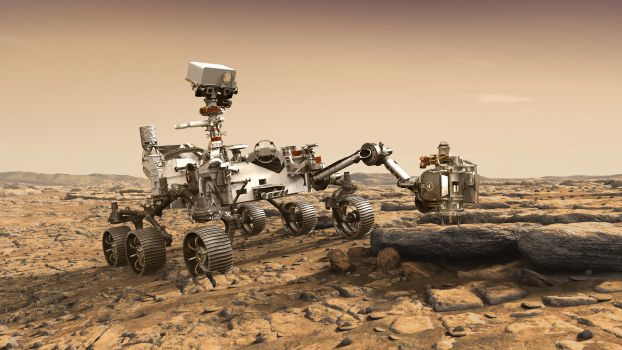
NASA’s Perseverance Mars rover recently attempted its first-ever sample collection of the Martian surface on August 6. However, data shows that while the rover’s drill successfully drilled into the surface, no regolith was collected in the sample tube.
Meanwhile, as Perseverance was preparing for the sample collection event, a team of researchers using ESA’s Mars Express orbiter found evidence that previously thought of lakes of water underneath Mars’ south pole might actually be made of clay.
Perseverance’s sample collection failure
On August 6 Perseverance’s 2-meter robotic arm lowered to the Martian surface, where a drill located at the end of the arm began carving into the local rock.
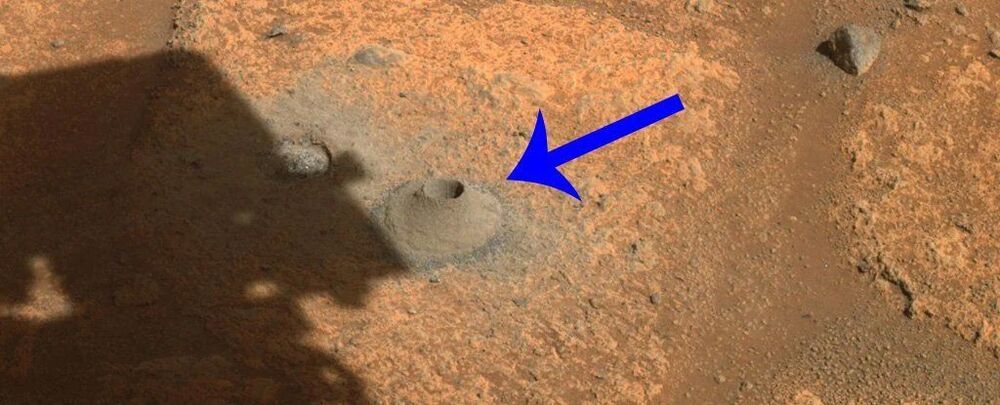


Take a closer look at the complex choreography involved in building NASA’s Europa Clipper as the mission to explore Jupiter’s moon Europa approaches its 2,024 launch date.
The hardware that makes up NASA’s Europa Clipper spacecraft is rapidly taking shape, as engineering components and instruments are prepared for delivery to the main clean room at the agency’s Jet Propulsion Laboratory in Southern California. In workshops and labs across the country and in Europe, teams are crafting the complex pieces that make up the whole as mission leaders direct the elaborate choreography of building a flagship mission.
The massive 10-foot-tall (3-meter-tall) propulsion module recently moved from NASA’s Goddard Space Flight Center in Greenbelt, Maryland, to the Johns Hopkins Applied Physics Laboratory (APL) in Laurel, Maryland, where engineers will install electronics, radios, antennas, and cabling. The spacecraft’s thick aluminum vault, which will protect Europa Clipper’s electronics from Jupiter’s intense radiation, is nearing completion at JPL. The building and testing of the science instruments at universities and partner institutions across the country continue as well.
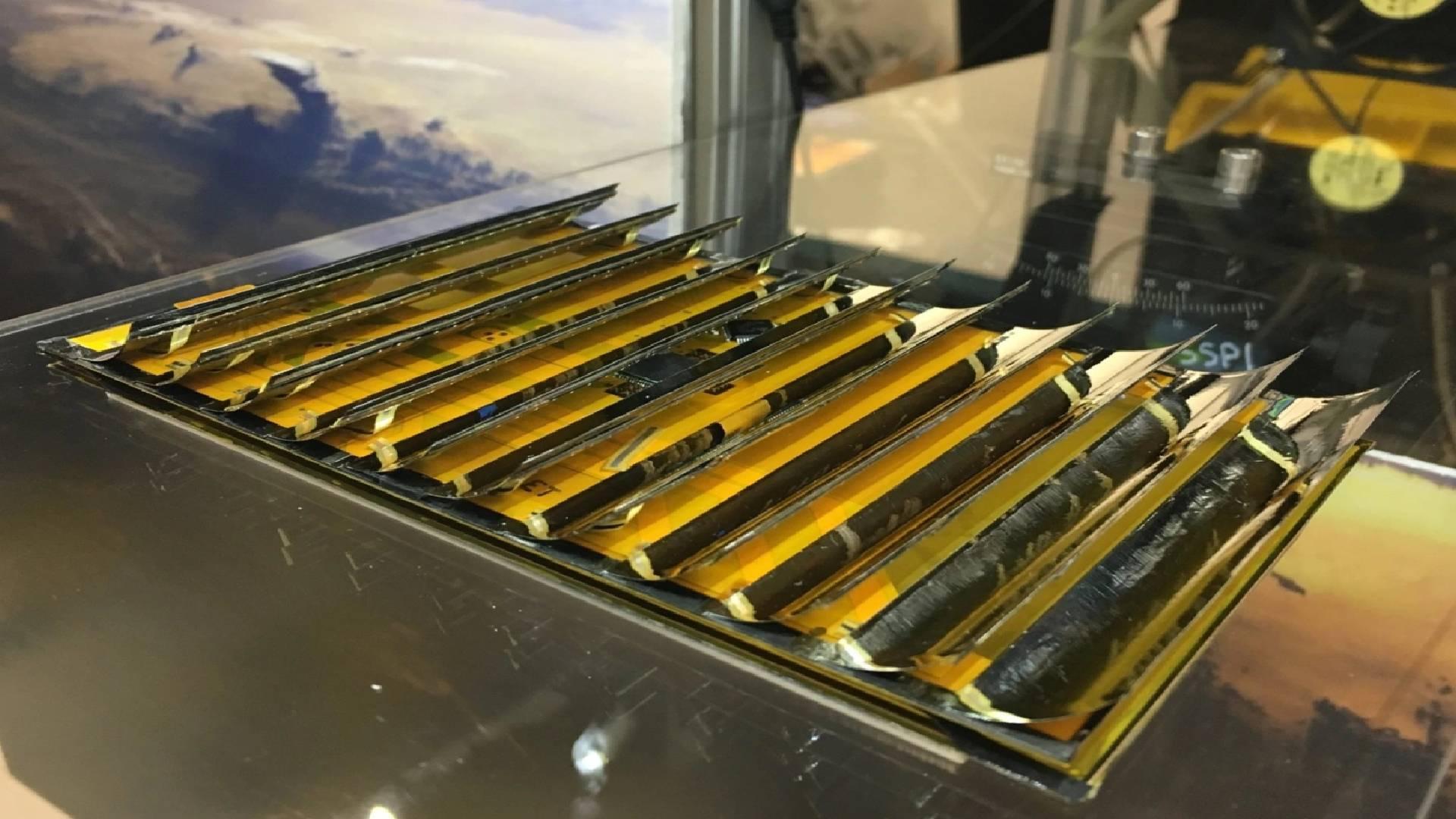
It’s the stuff of science fiction: Solar panels in space that beam power directly to Earth equipping the planet with clean renewable and affordable energy. Yet, it could soon be reality.
Caltech has just received $100 million in funding for their Space Solar Power Project (SSPP). The project is described by Caltech as: “Collecting solar power in space and transmitting the energy wirelessly to Earth through microwaves enables terrestrial power availability unaffected by weather or time of day. Solar power could be continuously available anywhere on earth.”
“This ambitious project is a transformative approach to large-scale solar energy harvesting for the Earth that overcomes this intermittency and the need for energy storage,” said SSPP researcher Harry Atwater in the Caltech press release on the matter.
